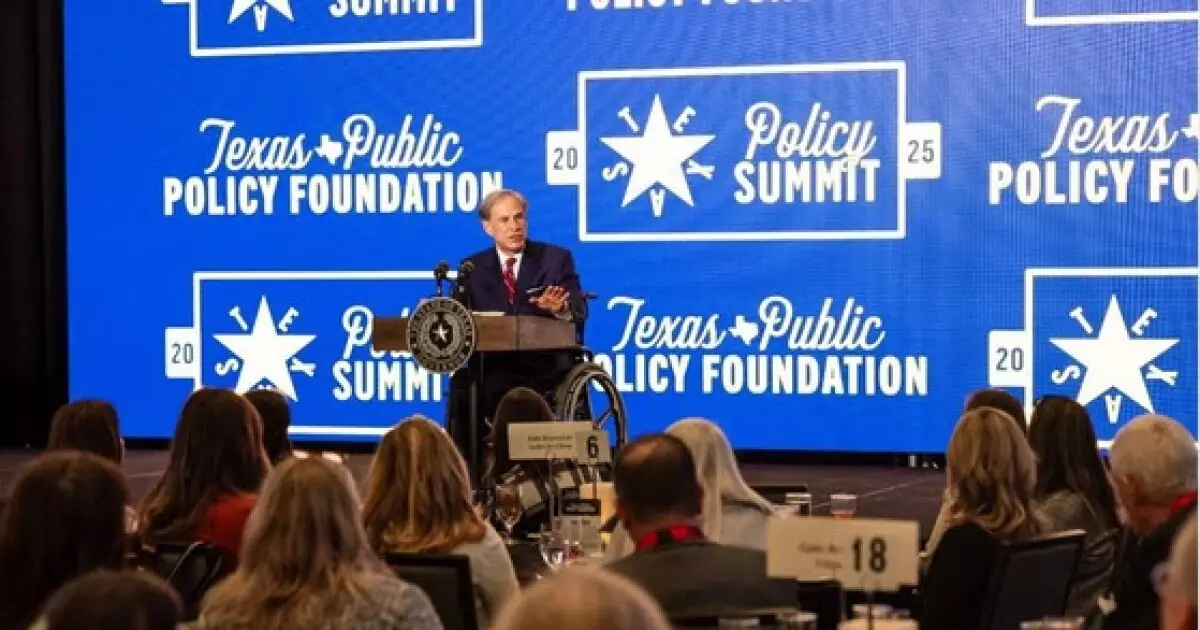The educational landscape in Texas is undergoing a significant transformation, largely driven by stagnant state funding coupled with rising operational costs. A recent report from Moody’s Ratings highlights the precarious financial situation confronting school districts, which is exacerbated by persistent inflation and dwindling federal aid initially provided during the pandemic. This article delves deeply into the implications of these economic pressures and evaluates potential outcomes for Texas education.
For the past several years, Texas has maintained a per-student basic allotment of $6,160, a figure that has not changed since 2019. The implications of this stagnancy are profound. As costs continue to soar due to inflation and other economic realities, Texas school districts have found themselves in a financially restrictive environment. According to the Moody’s report, the persistent lack of state funding poses a serious risk of forcing districts to either dip into their financial reserves or slash expenditures, both of which could severely impact educational standards.
Such fiscal limitations can lead to a dangerous cycle. When educational budgeting becomes constrained, essential priorities like staff salaries, infrastructure upgrades, and security enhancements often get sidelined. The report suggests that without sustainable revenue sources to address these key areas, there is a high likelihood of long-term detrimental effects on both financial health and educational outcomes.
The financial strain experienced by school districts is mirrored by the political discourse surrounding educational funding. Texas Governor Greg Abbott, in a recent speech, emphasized that average funding per student in public schools has reached an all-time high, surpassing $15,000 when incorporating state, local, and federal contributions. While on the surface this claim appears significant, it glosses over the stagnation of the basic allotment, which serves as the primary funding mechanism for many districts.
Moreover, Abbott’s agenda for the upcoming legislative session prioritizes a private school voucher program, a move that has drawn considerable scrutiny. Opponents argue that diverting funds to private education will only exacerbate funding challenges in public school systems already facing financial strain. The complexity of these issues is compounded by the recent failure of voters to approve 30 out of 52 proposed property tax increases, further limiting the ability of districts to enhance their funding.
The credit ratings of Texas public schools hang in a precarious balance. Analysts from S&P Global Ratings have indicated a potential deterioration of creditworthiness for these institutions in the next few fiscal years if revenue shortfalls are not proactively addressed. Their warnings underscore the unsustainable nature of the current fiscal model, where districts are pressured to maintain revenue-neutral local tax rates without the allowance for voter-approved increases to support rising costs.
As Moody’s and S&P’s reports indicate, the financial health of Texas public schools is increasingly at risk without urgent legislative intervention. It is vital for lawmakers to recognize the significance of adjusting basic aid funding to account for inflationary pressures, or else risk drifting into a fiscal crisis.
The future of education funding in Texas hinges on policy adjustments and robust strategies that recognize both the fiscal realities and educational priorities of the state. The path forward may require a multi-faceted approach, combining local initiatives with statewide reforms aimed at stabilizing funding sources. Increased transparency and open dialogues with communities about budgetary needs might be crucial in fostering public support for necessary funding measures.
Furthermore, leveraging innovative financing strategies, such as enhancing general obligation bonds with favorable ratings through programs like the Texas Permanent School Fund, could help districts navigate these troubled waters. Ultimately, the responsibility lies with both public officials and community stakeholders to engage collaboratively in redefining what adequate funding looks like within the Texas educational system.
While Texas school districts face formidable challenges, a strategic focus on financial resilience and priority-setting can pave the way for a more sustainable future. Only through collective effort and a commitment to a thriving educational environment can Texas avoid the pitfalls of financial stagnation, ensuring that all students receive the quality education they deserve.

